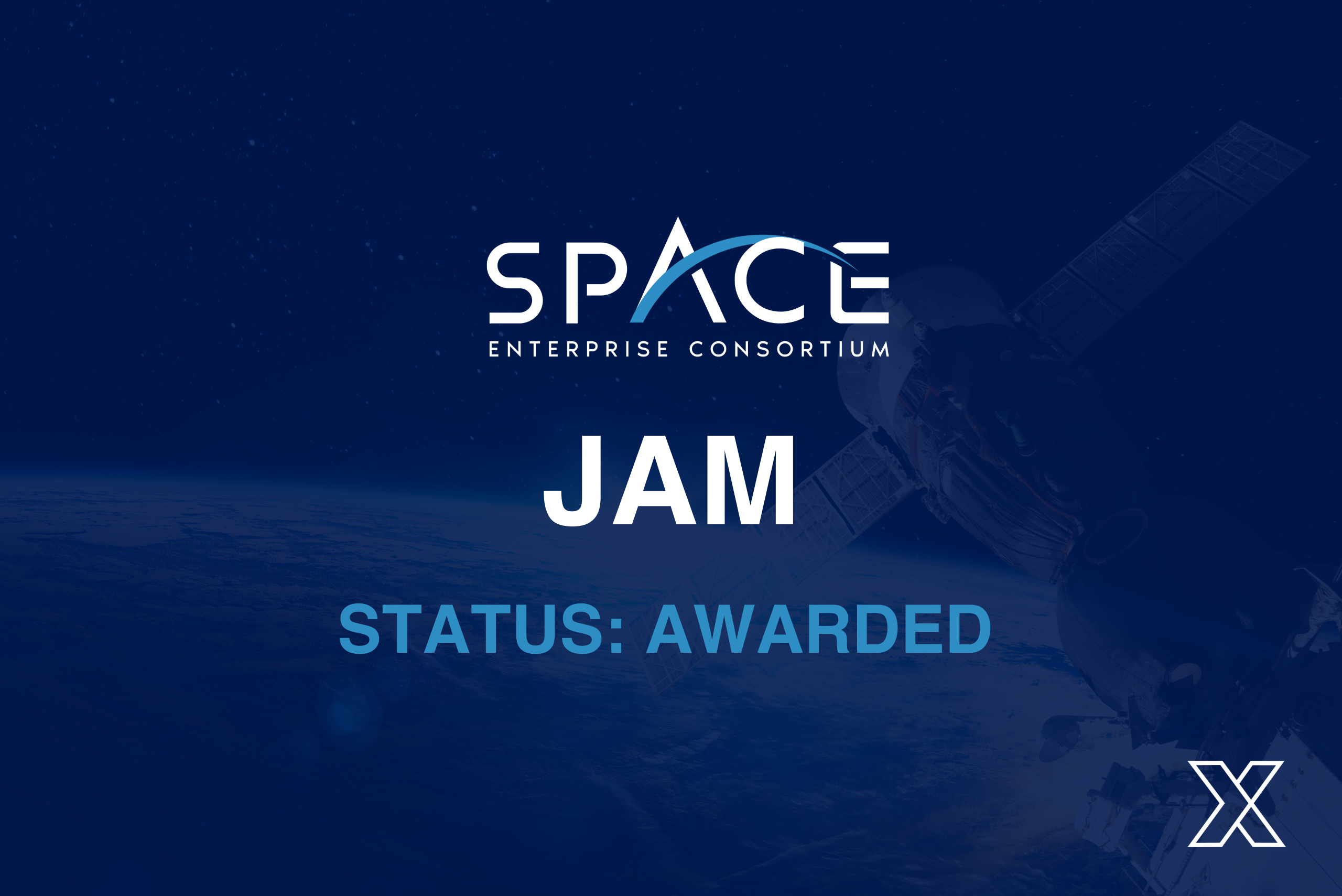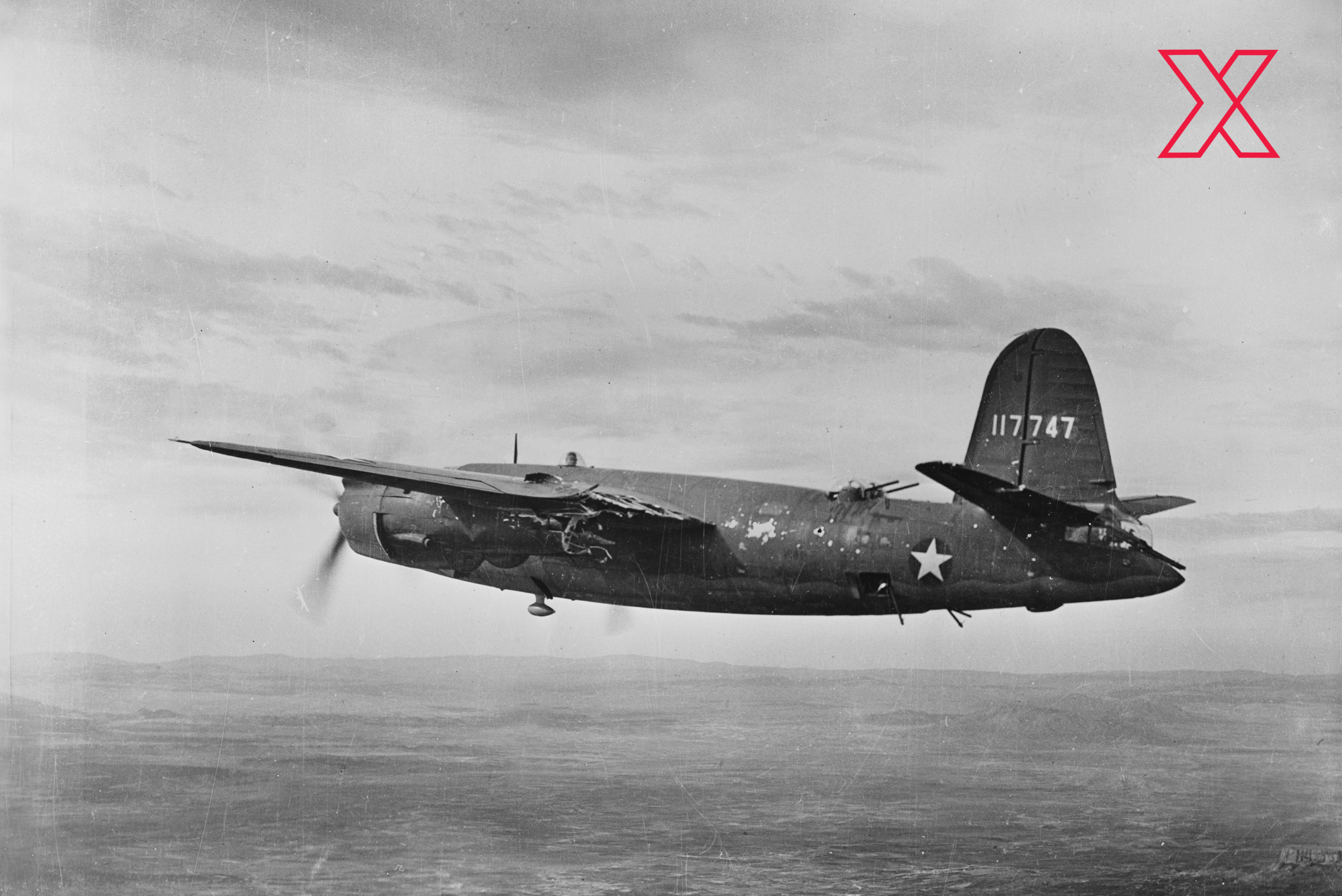Beyond Mach 5: How the Hypersonic Weapons Race is Changing the Face of Modern Warfare
March 7, 2023

Swelling Competition: Rapidly Advancing Hypersonic Development
The United States is in a hypersonic race against two of the world’s most advanced militaries, Russia and China. In mid-March of 2022, Russia deployed and fired its Kinzhal hypersonic missiles against southern Ukraine – the first time a hypersonic missile has been used in combat. At the same time, China is reminding the world that it is amping up its own hypersonic fleet through aggressive missile tests, deploying its first hypersonic weapon test named the DF-17. More recently, Russian President Vladimir Putin has stated that their hypersonics missile “Tsirkon” is part of a new class of “invincible” Russian weapons.
With the potential that Hypersonic technology holds, we must consider the impact of it in the hands of other nations. As the technical capabilities continue to progress, it has continuously become more important to the Department of Defense to advance the United States’ efforts in innovating U.S. hypersonics technology.
Looking Ahead: Changing the Face of Modern Warfare
Hypersonic vehicles are complex weapons to manufacture. Their mission requirements dictate they must endure extreme environments, sustain under immense heat, be durable through descension of the atmosphere and must also be lightweight and agile for maneuverability.
Hypersonic vehicles and weapon systems are setting a new standard; creating an ecosystem of weapons that can travel at speeds greater than five times the speed of sound (Mach 5). They offer several advantages over traditional missile systems, including faster speed, maneuverability, and the ability to carry a much larger payload.
The United States Department of Defense leaders are using every avenue available to them to close the technological gap and advance manufacturing capabilities of hypersonics programs.
One of S²MARTS opportunities to aid in this venture is Carbon/Carbon Non-phenolic Resin Manufacturing, which is an opportunity that comes from the atrophied manufacturing capability of producing high-temperature capable Carbon/Carbon (C/C) composites for thermal protection systems (TPS) and hot structures. Ramped-up production of Carbon/ Carbon Non-phenolic resin will greatly increase the output of mission-ready hypersonics vehicles.
Additionally, Growing Additive Manufacturing Maturity for Airbreathing Hypersonics (GAMMA-H), is an additional opportunity within S²MARTS for assisting additive manufacturing processes to produce intricate hypersonic machine parts. GAMMA-H will mitigate the number of individual parts that need to be inspected and constructed, while at the same time giving non-traditional innovators a chance to contribute to national defense advancement.
With current projects working toward these goals, future opportunities in the pipeline, and the Pentagon requesting $4.7 billion for hypersonic research in the 2023 fiscal year, up from $3.8 billion, it is vital to have a strong team of innovators and a community to continue competing in this fierce race.
We’re always looking for leading innovators to join our network. Be the first to know when new hypersonics opportunities are released by subscribing to the NSTXL Alliance. When you’re ready to submit a proposal, simply become a member and get started.





